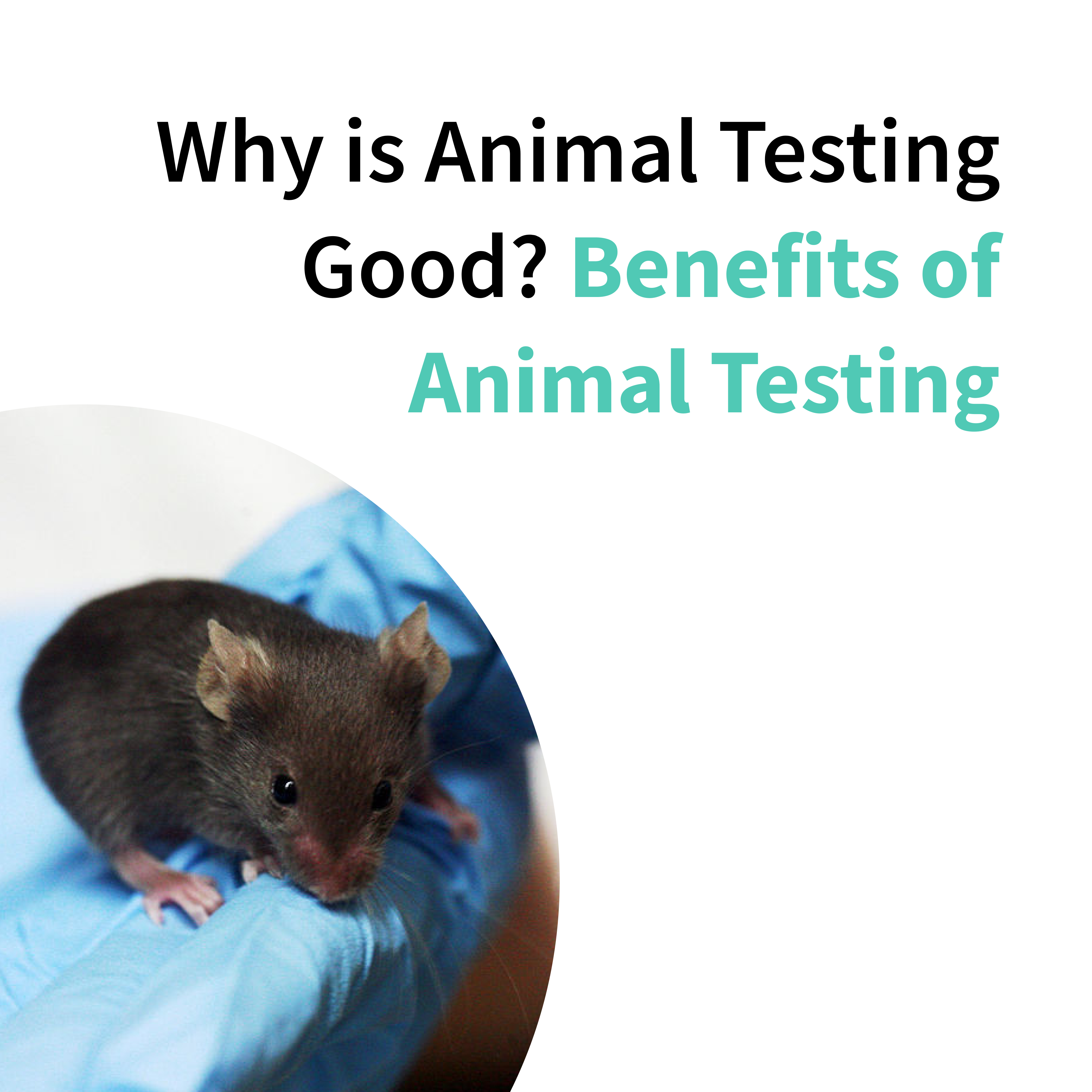Why is animal testing good? Benefits of animal testing
The unstoppable advance of medicine and the pharmaceutical industry has increased the volume of animal experimentation. Animal testing is crucial in Drug Discovery and Development, bridging in vitro research and human clinical trials.
Regulatory agencies demand data obtained from animal experiments to advance from the preclinical phase to the clinical phase one. Animal testing is the gold standard to guarantee the safety and efficacy of potential future lifesaving medications. However, ethical and other concerns are always present, and regulatory agencies set legislation on animals in science centers-based part on the 3R Principle: Reduction, Replacement, and Refinement, which first appeared in 1959.
What are the benefits of animal testing?
Although questioning why animal testing is good is a reasonable doubt, we must not forget that animal research has enabled significant breakthroughs in developing modern medications, vaccines, and various medical procedures. Animal testing has saved millions of human lives. This in vivo testing approach has aided scientists in discovering treatments and preventive measures for multiple conditions, including high blood pressure, diabetes, tuberculosis, polio, muscular dystrophy, and Parkinson's disease.
One of the advantages of animal testing is that they provide a complete, whole-organism context that allows for studying the interactions between different biological systems. In vitro systems do not fully recapitulate the complexity of the human biochemical process. Besides, animal testing offers the convenience of shorter lifespans for animals, facilitating the acquisition of a complete view of their life cycle and shortening experimental times.
Moreover, many animals, especially mammals like mice and rats, share significant genetic and physiological similarities with humans. Almost every gene in humans has been found in mice, sharing a genetic homology of 98%. This similarity is one of the reasons why rodent testing is an ally in research since it helps to infer how a new drug or product might affect humans by observing its effects on these animals. But we have to take into account they are nocturnal animals, while humans are diurnals, which can create many inconveniences in the experimental designs and interpretation. Using animal testing for research allows the establishment of a safe dose for human clinical trials and outlines the potential side effects that should be monitored.
While the ethical debate around animal testing is complex, animal models are often preferable to directly testing new drugs and chemicals on humans without prior evidence of safety. Using animals may help to prevent human harm.
Animal testing pros and cons
While animal testing benefits have been exposed from the scientific point of view, animal testing presents some cons that need to be stated. Laboratory procedures and conditions vary across laboratories and can cause distress and abnormal behaviors, preventing species' behavior, which makes it difficult to draw conclusions. Interspecies issues regarding physiology, behavior, and pharmacokinetics can limit the reliability of the data obtained from animal studies.
One of the main disadvantages of animal research is its ethical implications, especially regarding the treatment of animals. It involves subjecting animals to procedures that may cause them discomfort, distress, or death, which many people find morally unacceptable.
Since January 2013, a new EU directive, 2010/63/EU, aiming to harmonize the European internal market, has stated that “wherever possible, a scientifically satisfactory method or testing strategy not entailing the use of live animals shall be used.”
The development of New Alternative Models or Methodologies (NAMs) has emerged as a solution to overcome ethical concerns in animal testing. NAMs are innovative approaches developed to reduce, refine, and replace the use of animals in research. These models aim to offer more ethical, efficient, and sometimes more accurate methods for studying biological processes, disease mechanisms, and the safety and efficacy of new treatments. Some examples include organ-on-a-chip approaches, advanced 3D cell cultures such as organoids, or alternative animal models such as Zebrafish.
Zebrafish can be considered NAMs because the larvae under 5-6 days post fertilization (dpf) are not yet classified as animals under the European legislation (EU Directive 2010/63/EU) because they are not feeding and swimming independently.
Zebrafish are a popular alternative model because they share many similarities with the human genome. Zebrafish presents a high genetic homology with humans (>70%) and a high genetic homology of genes implicated in human diseases (>80%). Also, alternative models like Zebrafish are more cost-effective than traditional animal models and allow for higher content screening of compounds, combining the advantages of in vitro models while presenting many advantages of in vivo models.
With the emergence of NAMs, an increasing number of governments, including the European Union, are developing the political determination to move away from viewing animal testing as the definitive standard for ensuring the safety and efficacy of medications. A shift towards a globalized use of NAMs and reducing animal testing is possible with promising alternatives such as the Zebrafish.
Sources
Akhtar A. The flaws and human harms of animal experimentation. Camb Q Healthc Ethics. 2015 Oct;24(4):407-19.
Cassar S, Adatto I, Freeman JL, Gamse JT, Iturria I, Lawrence C, Muriana A, Peterson RT, Van Cruchten S, Zon LI. Use of Zebrafish in Drug Discovery Toxicology. Chem Res Toxicol. 2020 Jan 21;33(1):95-118.
Swaters D, van Veen A, van Meurs W, Turner JE, Ritskes-Hoitinga M. A History of Regulatory Animal Testing: What Can We Learn? Altern Lab Anim. 2022 Sep;50(5):322-329.
Why mouse matters. National Human Genome Research Institute. [Internet]. [updated 2010 July 23]; [cited 2024 Feb 22]. Available from: https://www.genome.gov/10001345/importance-of-mouse-genome


